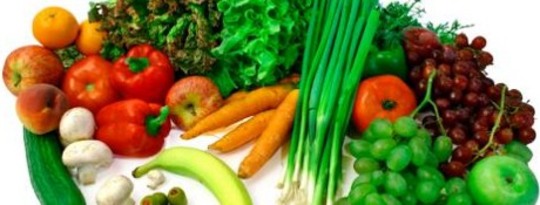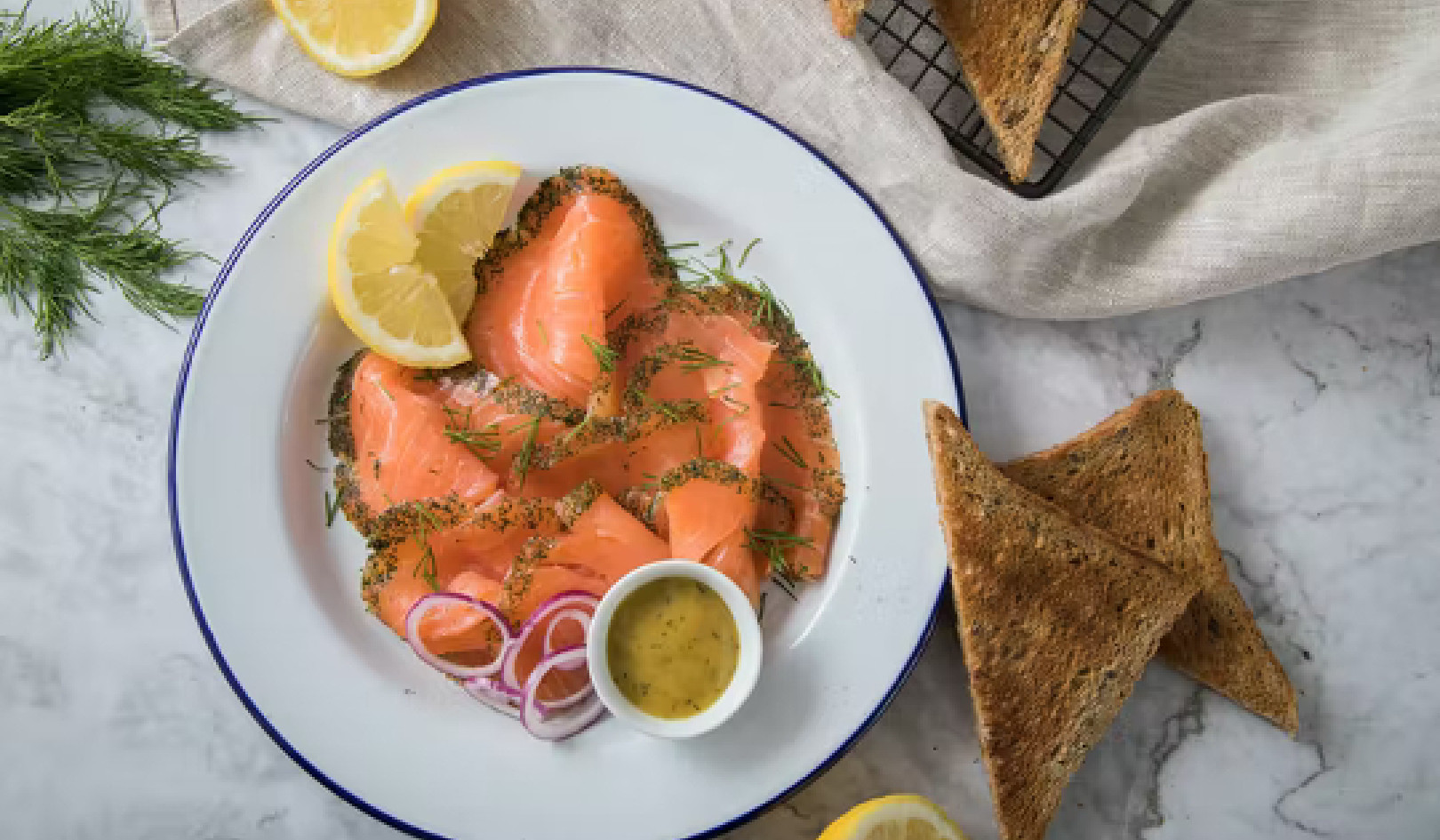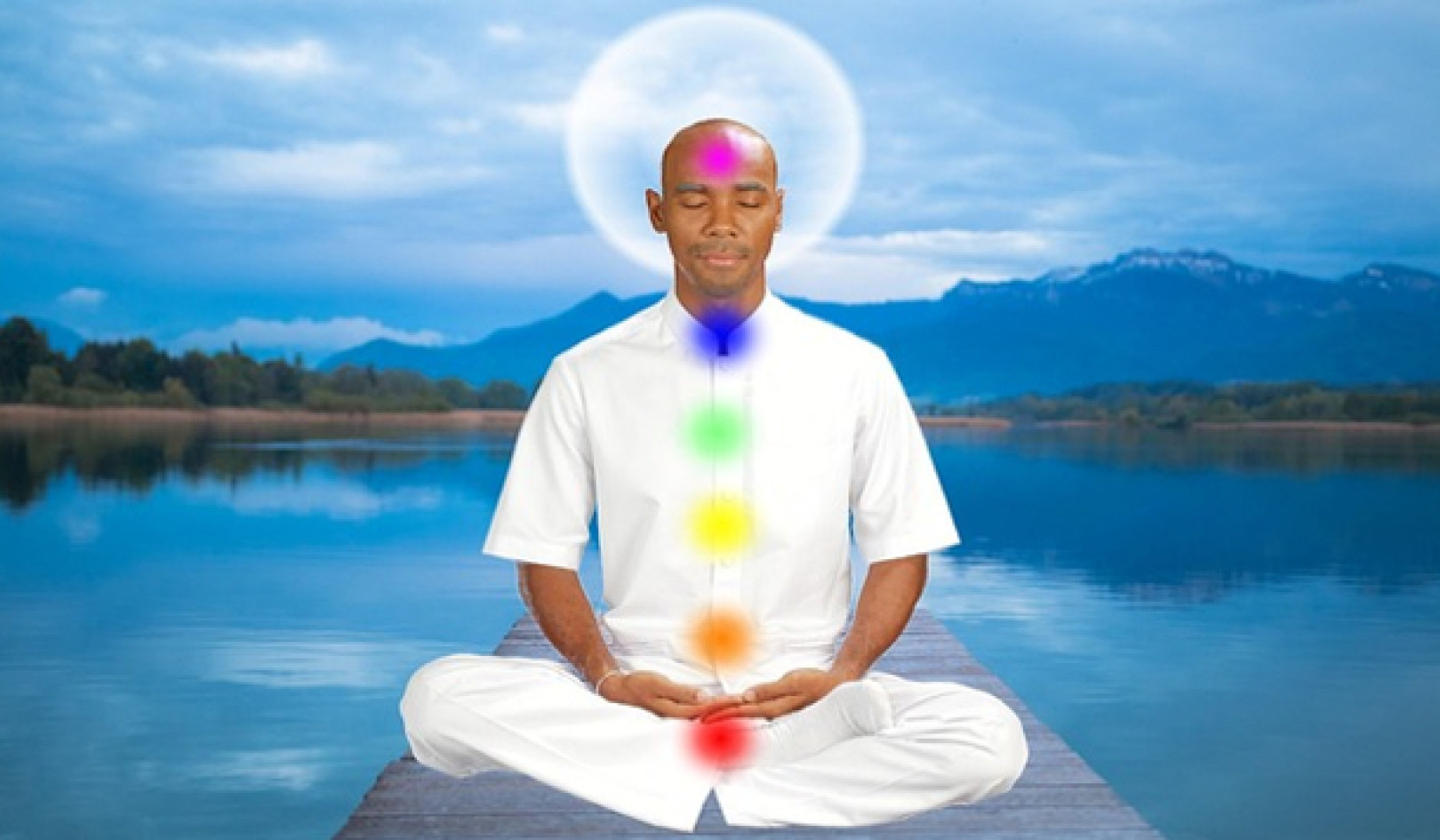
We live in an age of fusion cuisine, world music and seemingly endless consumer choice. This is also an era of growing hunger and runaway obesity, of food riots, butter mountains and empty calories.
Humans need an average of 2,700 calories a day (a million calories a year) to remain healthy and active. Hard-working adults consume more, children and seniors less, men eat more than women, pregnancy adds extra demands. The UN Food and Agriculture Organization (FAO) says 2,300 calories is enough, but North Americans are larger than the world average, even without obesity. Also, many of us live in cold winter climates.
The body constantly burns up this energy. It keeps our temperature at 98.6°F, it digests our food, repairs our cells, keeps our organs pulsing, our brain neurons firing and our muscles contracting. All this energy comes from food, and all of our food starts out as living plants, animals, fungi or microbes, powered by the sun.
Fast-Food Continent Breeding Disease and Ill-Health
North Americans actually eat on average nearly 4,000 calories a day, some 40% more than they need for health. Our obesity grows directly out of the energy-squandering, toxic and unhealthy industrial food system. The scale of this system ensures that when mistakes happen, the consequences are magnified and they spread far and wide.
The dangers of acute illness and death from food contamination are real and regularly cause scandals. There is an illusion that they can be controlled; laws and money are sometimes thrown at these problems, almost always ineffectually. Even if we could control the outbreaks of salmonella, E. coli 157 and aflatoxin, ban the launching of rockets over the California lettuce fields and stop the Chinese from putting melamine and lead in baby food and we can't prevent them all — we would still face insuperable systemic problems that undermine our health.
Quality vs Quantity: Your Food is What It Eats
The basic foodstuffs that provide raw inputs for this system and for our conventional diet are deteriorating in quality because our farming has depleted the soils and polluted the waters in which they grow. Adding a few vitamins to "enriched" white bread, cornmeal or white rice doesn't replace the minerals that have eroded from our once-rich prairie and woodland soils.
The body needs calories, but it also needs proteins, fats, essential amino acids, vitamins, minerals, enzymes and a host of nutritional factors that are synergistic and that science understands poorly. Frankly, we also need bacteria to digest what we eat, not just in and on the food, but in our guts as well.
Where's the Flavor? Where's the Nutrients?
 Another negative consequence of eroding mineral nutrition in soils (more than 70% in 70 years) and in crops is a steady loss of flavor; in the orderly world of nature, food that's bad for you tastes bad too, and vice versa. This loss of flavor is compounded by the industrial demand for commodities that can be sold like bricks — in other words shelf life. Even green vegetables have been shipped and refrigerated for days before they reach the supermarket. No wonder they taste like day-old shrubbery.
Another negative consequence of eroding mineral nutrition in soils (more than 70% in 70 years) and in crops is a steady loss of flavor; in the orderly world of nature, food that's bad for you tastes bad too, and vice versa. This loss of flavor is compounded by the industrial demand for commodities that can be sold like bricks — in other words shelf life. Even green vegetables have been shipped and refrigerated for days before they reach the supermarket. No wonder they taste like day-old shrubbery.
Food technologists (not cooks) have reliably determined that people respond to brightly colored labels and to high concentrations of sugar, salt and fat. These stimuli, all of which can be manufactured cheaply and are, in fact, hard-wired into our brains in regard to food, overwhelm the subtle details of nutrition. But, of course, they can't fool the body's cells.
So North Americans, and increasing numbers of people from around the world eating the industrial diet and imported food, are walking around fat and starving at the same time. Craving real nutrient, their bodies tell them to eat more. Downing empty calories, they blow up like balloons and get sicker by the day.
Grow Your Own: Save Yourself
The best argument I can make to you for garden farming is that you need to do it to save your life and health and the lives and health of your family and those around you. Never mind having enough food to eat; you won't be getting food worth eating if you don't start growing some of it yourself and doing what it takes to grow healthy soils and ecosystems to support it. This is not about saving the Earth — that would be a nice by-product — it's about saving our own asses or, more accurately, our brains, our hearts, our guts and our glands.
Gross hunger is a real issue for millions of Americans and nearly a billion other people, but empty belly hunger is an issue of poverty and injustice, not a lack of food. One-third of all the food grown in the world each year is wasted before being consumed by humans. The day may come when we cannot grow enough, but for now the greater threat is from food not worth eating, food that poisons and corrupts our bodies and farming that is ruining the land.
Feeding the Soil That Feeds You
Nutrition begins with the soil. Plants that are overfertilized and undernourished — just like hungry fat people — will draw all kinds of critters to attack them. Poor soil nutrition induces diseases and pests to flourish; they are working to eliminate deficient and inferior plants and animals. If your fruit isn't sweet, if your vegetables are riddled with holes or attacked by fungus, it's almost certainly a lack of minerals.
Soil degradation takes time and so does soil repair. A garden started on a lawn will be three years before it pops. This is the beginning of significant integration and accommodation by microbes, fungi and plant roots in the soil. Seriously damaged soils can take more than a decade to restore.
You can put rock powders down until you're blue in the face and some of that will help, but the key to holding and making soil minerals available to plants is organic matter, especially soil humus, which is durable. Remember: A.O.M. (Add Organic Matter). And the key to transforming organic matter is soil life from earthworms to microbes. Fortunately, you only have to build it and they will come. Organic matter is the daily bread of any soil.
©2012 by Peter Bane. All Rights Reserved.
Reprinted with permission of the publisher,
New Society Publishers. http://newsociety.com
This article was adapted with permission from the book:
The Permaculture Handbook: Garden Farming for Town and Country
by Peter Bane.
 Permaculture is about working with the earth and with each other to repair the damage of industrial overreach and to enrich the living world that sustains us. The Permaculture Handbook is the definitive practical North American guide to this revolutionary practice, and is a must-read for anyone concerned about creating food security, resilience, and a legacy of abundance rather than depletion. This comprehensive manual casts garden farming as both an economic opportunity and a strategy for living well with less money.
Permaculture is about working with the earth and with each other to repair the damage of industrial overreach and to enrich the living world that sustains us. The Permaculture Handbook is the definitive practical North American guide to this revolutionary practice, and is a must-read for anyone concerned about creating food security, resilience, and a legacy of abundance rather than depletion. This comprehensive manual casts garden farming as both an economic opportunity and a strategy for living well with less money.
Click here for more info and/or to order this book.
About the Author
 Peter Bane has been the publisher and editor of Permaculture Activist magazine for over 20 years. As an experienced permaculture site designer Peter has taught permaculture extensively in North and South America for nearly two decades. A prolific writer in journals and collections on forestry, building, and all things sustainable, he consults with universities and municipal governments as well as for private landowners. Peter helped create Earthaven Ecovillage in North Carolina, and is now pioneering suburban farming in Bloomington, Indiana.
Peter Bane has been the publisher and editor of Permaculture Activist magazine for over 20 years. As an experienced permaculture site designer Peter has taught permaculture extensively in North and South America for nearly two decades. A prolific writer in journals and collections on forestry, building, and all things sustainable, he consults with universities and municipal governments as well as for private landowners. Peter helped create Earthaven Ecovillage in North Carolina, and is now pioneering suburban farming in Bloomington, Indiana.























